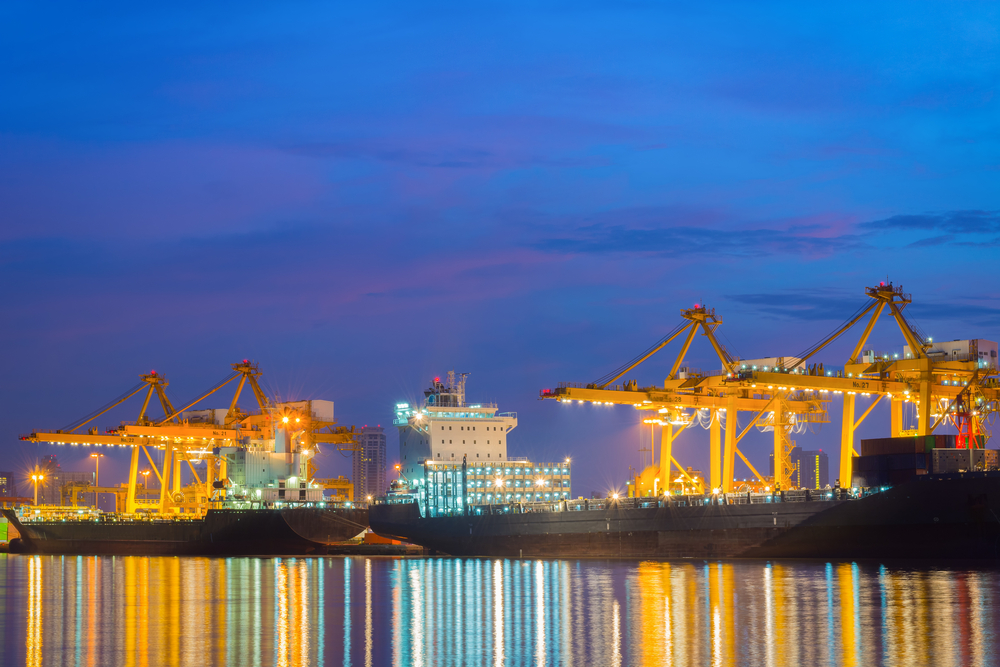Reassessing Critical Asset Sales in Australia

Please note that we are not authorised to provide any investment advice. The content on this page is for information purposes only.
The change to foreign ownership of Australian companies and critical infrastructure continues with the takeover offer for rail and ports operator Asciano from Brookfield Infrastructure Partners, a Bermuda-based company listed on the New York and Toronto stock exchanges.
The offer, which values Asciano at US$9 billion, is a part cash (75%) and part scrip (25%) bid. While it has the blessing of the Asciano board, the offer is yet to get approval by both the Australian Competition and Consumer Commission and Foreign Investment Review Board.
The change to foreign ownership of Australian companies and critical infrastructure continues with the takeover offer for rail and ports operator Asciano from Brookfield Infrastructure Partners, a Bermuda-based company listed on the New York and Toronto stock exchanges.
The offer, which values Asciano at US$9 billion, is a part cash (75%) and part scrip (25%) bid. While it has the blessing of the Asciano board, the offer is yet to get approval by both the Australian Competition and Consumer Commission and Foreign Investment Review Board.
Australians appear relatively unconcerned about major transfers of ownership such as these – yet it is at odds with the assiduous strategies of larger economies such as the United States and China, to secure their supply chains.
Asciano was a spinoff of the Toll Group, formed in 2007. It has a rail division, Pacific National, acquired by Toll from the federal government-owned National Rail Corporation in 2002, and a port and logistics division, Patrick Terminals and Logistics.
Patrick is a long-established Australian company. The owner of coastal trading vessels started it before morphing into a number of other shipping and stevedoring companies. Although known for its role in the 1998 waterfront dispute, it has since become a leader in the stevedoring sector. Toll acquired it in 2006.
The Brookfield name is familiar in Australia. The company already owns Brookfield Rail – a 5,500 km rail network in Western Australia – and the Dalrymple Bay Coal Terminal in Queensland.
The goal of positioning itself for the mooted sale of the federal government-owned Australian Rail Track Corporation partly drives Brookfield’s interest in Asciano, owners of 8,500 kilometres of critical rail track across Australia.
If the Asciano sale goes ahead, approximately 95% of all Australian containerised imports and exports will be handled by foreign-owned companies including Dubai Ports World (based in the United Arab Emirates), Hutchinson Port Holdings (based in Hong Kong) and International Container Terminal Services Inc. (based in the Philippines), with only the Adelaide container terminal still in Australian hands.
On the other hand, a potential benefit for Australia is that Brookfield has indicated it will utilise Patrick’s world-leading expertise in automation across stevedoring operations it owns in other countries.
The public may not be fully aware of the extent and ramifications of this shift in ownership in businesses critical to Australian trade. The main driver for overseas owners is to maximise return on the considerable investment they have made to acquire the assets, with in some instances, applying creative means of getting around Australian laws and regulations. For example, the recent Senate Committee inquiry into tax avoidance highlights just one of the issues, that of tax avoidance by overseas companies operating in Australia.
Many countries are grappling with how to manage the increase in foreign ownership, but in some cases public opposition has prevented a takeover going ahead. In 2006, a number of North American container terminals and logistic centres were up for sale but Dubai Ports World, one of the bidders whose ownership is concentrated in the Middle East, was ultimately excluded from the process due to the public’s fear that such a sale would compromise port security.
The US is also fiercely protective of its coastal shipping regime where all coastal cargo in North America has to ship by American owned and crewed vessels. This is in stark contrast to the current Australian coastal trading policy where increasing amounts of cargo on the Australian coast moves by foreign flagged and crewed vessels.
China is taking the security of their supply chains even further. Chinese companies, with the help of the government, are in the process of acquiring interests in ports and port-related businesses in the Indo-Pacific, East Africa, and the Mediterranean along the shipping routes from China to Europe, the so-called “Maritime Silk Road.”
This project is part of the “One Belt, One Road” policy, which is an undertaking to secure China’s supply lines to and from Europe. It also includes a land-based route, the “Silk Road Economic Belt” that more or less runs along the centuries old former Silk Road. It allows China’s landlocked western provinces to access the markets of Southeast Asia and the Middle East. The other aim of this initiative (backed by a US$40 billion fund) is to shape China’s regional periphery by exercising economic, cultural, and political influence.
Australia could learn something from other economies – to assess the long-term harms and benefits of allowing the sale of critical assets.
Having Australian ports in foreign hands could harm our long-term security is republished with permission from The Conversation





